
Different pets have different grooming standards. Dogs don’t mind getting their paws dirty as long as they’re having fun. And even though cats take pride in their well-groomed coats, their curiosity can drive them into some less than fragrant situations. But don’t be too fast to dismiss those smelly paws or bad breath.
Sometimes, odors can be a sign that something’s not right in your pet’s body. If you notice a change in your pet’s smell, there could be a serious medical cause.
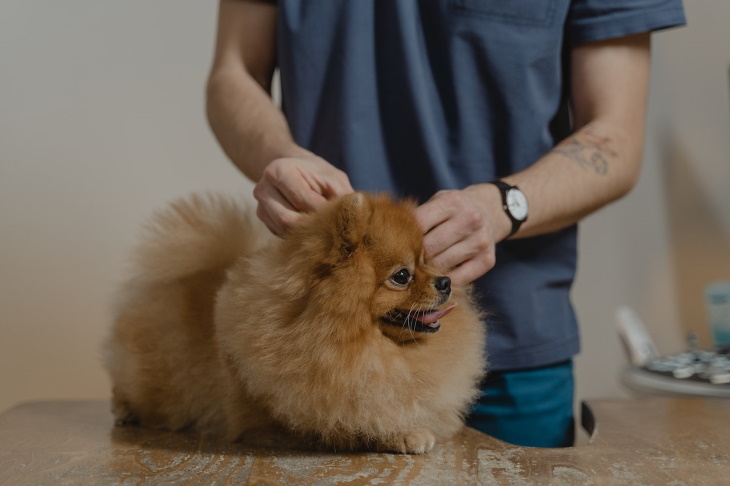
You come near to hug your puppy, but you’re completely taken aback by a sharp, yeasty odor. Ear infections often make your pooch’s ears smell bad. Moisture tends to be trapped in one’s ears, which creates a perfect home for all kinds of germs. Fungal ear infections are more likely to cause a yeasty smell, whereas bacterial infections will smell putrid. Look out for the signs of ear infections in your pet: ear discharge, redness in the ear, fatigue, and your pet trying to scratch its ear.
In many dogs, ear infections are not just common but often recurrent too. Dogs with long and hanging ears are at a higher risk of developing ear infections than those with pointy ears. Golden retrievers, basset hounds, beagles, Shar Pei, spaniels, and Labradoodles all have a higher risk of ear infections.
Ear infections are relatively uncommon in cats, but when they do occur, the cause can be serious. Cats are also more prone to have ear mites, which may also smell bad and cause redness, itching, and black dots in and around the ears.

Does your cat’s litterbox smell unbearable all of a sudden? The urine of both cats and dogs can smell stronger when they develop a urinary tract infection (UTI). Bloody urine, a higher frequency of trips to the litterbox, loss of appetite, and fatigue are all signs of a UTI.
Cats are especially prone to develop urinary problems, but UTIs are also fairly common in dogs. When left untreated, the condition may develop into kidney failure, so make sure to bring your pet to the vet immediately if they exhibit signs of a urinary issue.
Related article: Collection: 12 Full Guides to Pet Care!
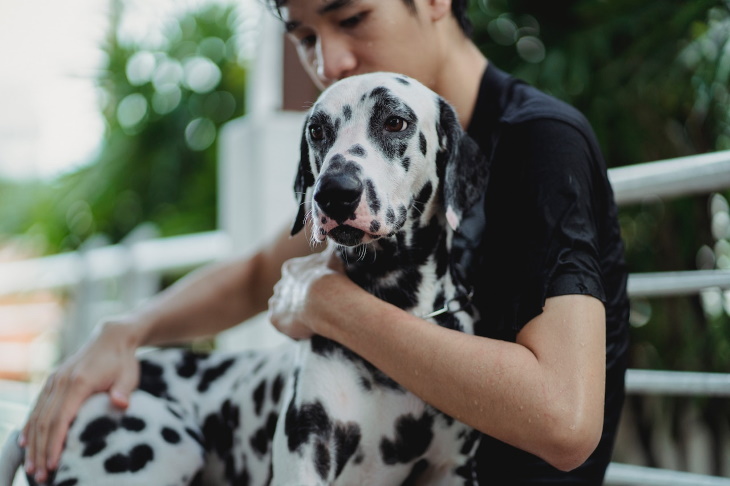
Skin yeast infections are a common cause of odors in pets. The specific smell is often described as musty or similar to ‘smelly feet.’ Veterinarians point out that the odor occurs together with other symptoms, such as itching, skin redness, and changes in coat thickness and texture.
Yeast infections are usually caused by a fungus called Malassezia dermatitis, and they’re far more common in dogs than in cats. If your pet has allergies or asthma, they’re more likely to develop this condition. Dalmatians, for example, are prone to skin issues that start on the feet, belly, and skin folds.
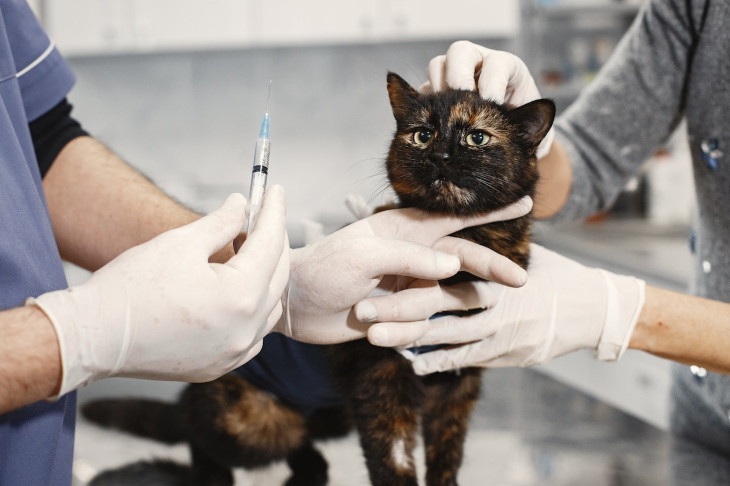
When it comes to bacterial skin infections or abscesses, they can either smell sweet or rotting. “Staph infections on the skin may have no odor or might smell sweet,” said Dr. Sarah Wooten, a veterinary expert, to Huffington Post. “Skin that reeks of corn chips has an infection of Pseudomonas bacteria,” Wooten noted.
Other symptoms of bacterial skin infections are redness, a skin rash that looks like pimples, and itchy or flaking skin. More severe skin infections can develop an abscess - a blister filled with pus that is surrounded by red, inflamed skin and may be oozing.

Mouth odor is a common problem in both cats and dogs, and dental problems are the number one cause of this unpleasant issue. Both cats and dogs tend to build up tartar or calculus on their teeth with age. If left untreated, this build-up may evolve into gum infections and tooth decay. Luckily, dental cleaning can prevent this issue.
If your pet is calm and docile, you can try and carefully examine its mouth and see if there is any yellow or brown buildup and whether or not the gums look red and inflamed. Your pet may also exhibit excessive drooling, and abstain from hard-to-chew foods and chew toys due to painful teeth.
Note that other conditions, such as gum infections, mouth tumors, and sinus infections may contribute to mouth odor too. Therefore, make sure to see a veterinarian if your pet is suffering from persistent bad breath.

Sometimes, bad breath can point to an internal problem. Gastrointestinal issues and respiratory infections can both produce mouth odors. In addition, a sweet and fruity breath can be a symptom of undiagnosed diabetes. “A dog or cat with uncontrolled diabetes can have very sweet- and fruity-smelling breath,” Dr. Wooten said.
Just like humans, cats and dogs who suffer from diabetes exhibit increased thirst and frequent urination. The pet may have also lost weight, despite having a greater appetite. Last but not least, you may notice that pets with diabetes have cloudy eyes, especially dogs.
Related article: 10 Handy Cleaning Tips Every Pet Owner Will Appreciate
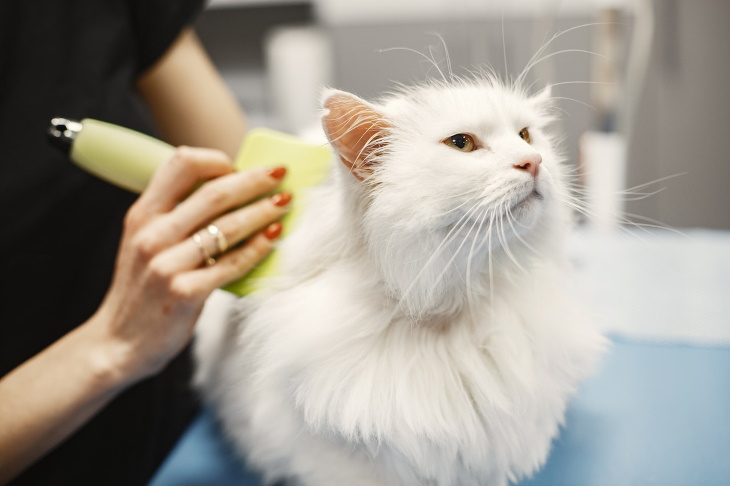
Don’t worry, we’re not here to complain about you not bathing your pets or taking your pooch to the doggie groomer (although that can definitely help). This section is more about the natural grooming habits of your pets.
Cats, especially, tend to spend hours every day grooming their fur. Grooming is a cat’s natural camouflage that helps it go unnoticed by other animals (both predators and prey). Thus, when your cat stops grooming itself properly, this could be due to a medical condition like achy joints, diabetes, cancer, or obesity. The coats of sick cats may appear matted or greasy, especially in fluffier breeds.
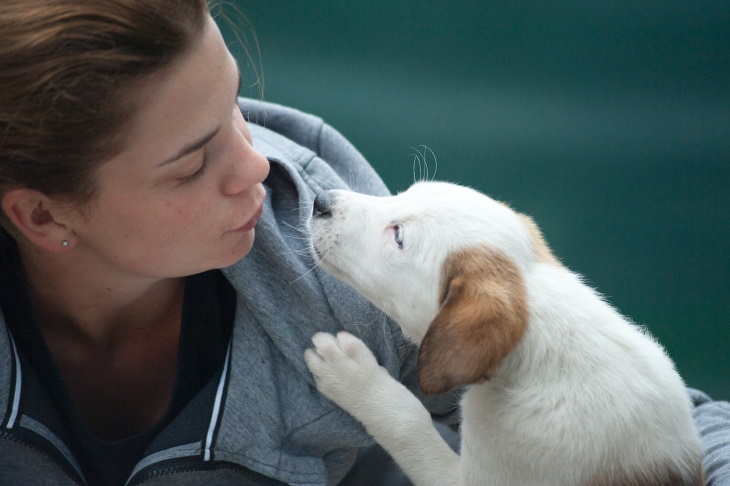
Parvovirus is a dangerous and highly infectious viral disease that can affect both cats and dogs. Cats get infected with feline parvovirus (FP), whereas dogs are susceptible to the canine parvovirus (CPV).
Young kittens and puppies before they get vaccinated are most susceptible, and an FP or CPV infection can be deadly in animals of this age. The disease leads to vomiting, dehydration, severe diarrhea, and internal bleeding.
Few pet owners are aware that parvovirus can manifest itself through a specific odor. The stool of pets sick with parvovirus smells like rotten meat and may have signs of bleeding (dark red color and metallic smell). Call your vet immediately if your pet exhibits any of these symptoms.
Related article: 11 Non-Toxic Plants Perfect For Homes With Pets and Kids
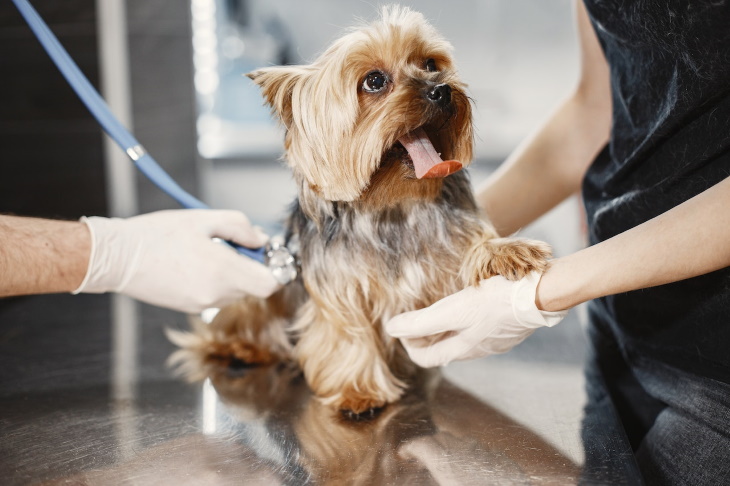
Not only skunks have a secret weapon under their tails, if you know what we mean. Dogs and cats, too, have two anal glands at the sides of the anus. When the animal is calm, these glands should not emit any smells. But when the animal is scared or startled, they can emit a persistent fishy or musty smell from these perianal glands.
If you notice that your pet frequently smells fishy or musty, this could be a sign of an infection or an abscess in these glands. Pets may also scoot their bottom half on the floor because they’re feeling uncomfortable, have apparent swelling in the area, or even ooze liquid or blood. Consult a vet if they exhibit any of these symptoms.
H/T: Huffington Post, PetMD, VCAhospitals